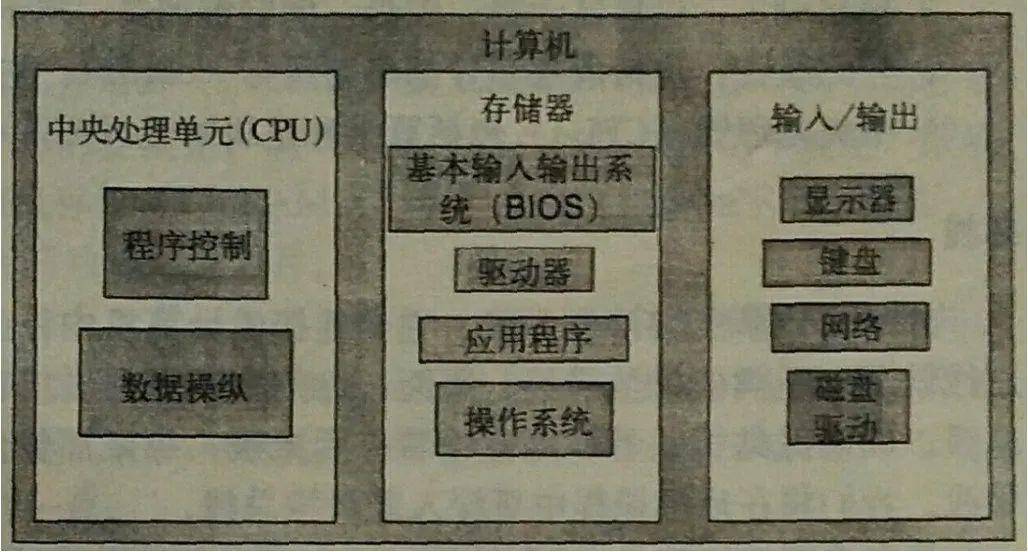socket用listen函数监听,listen从英语上理解就是一个"听"函数,实际上它也就是这个意思。
我们来看unix网络编程这本书是怎样对它的解释:listen函数把一个未连接的套接字转换成一个被动套接字,指示内核应该接受指向该套接字的链接请求。
该函数有2个参数,第一个我就不说了,第二参数规定了内核为相应套接字排队的最大连接个数。只看这些理论搞的人稀里糊涂,我们还是来测一下。
[mapan@localhost test]$ ls
client.cpp makefile server.cpp
[mapan@localhost test]$
[mapan@localhost test]$ cat server.cpp
#include <unistd.h>
#include <sys/types.h>
#include <sys/socket.h>
#include <.NETdb.h>
#include <stdio.h>
#include <stdlib.h>
#include <string.h>
#include <ctype.h>
#include <errno.h>
#include <malloc.h>
#include <netinet/in.h>
#include <arpa/inet.h>
#include <sys/ioctl.h>
#include <stdarg.h>
#include <fcntl.h>
#include <sys/types.h>
#include <sys/wait.h>
#include <netinet/in.h>
#include <arpa/inet.h>
#include <signal.h>
#define MAXLINE 4096
void main()
{
int listenfd,connfd;
socklen_t clilen;
struct sockaddr_in cliaddr,servaddr;
listenfd=socket(AF_INET,SOCK_STREAM,0);
bzero(&servaddr,sizeof(servaddr));
servaddr.sin_family=AF_INET;
servaddr.sin_addr.s_addr=INADDR_ANY;
servaddr.sin_port=htons(8888);
bind(listenfd,(struct sockaddr *)&servaddr,sizeof(servaddr));
listen(listenfd,1);
getchar();
connfd=accept(listenfd,(struct sockaddr *)&cliaddr,&clilen);
close(connfd);
close(listenfd);
}
[mapan@localhost test]$ cat client.cpp
#include <unistd.h>
#include <sys/types.h>
#include <sys/socket.h>
#include <netdb.h>
#include <stdio.h>
#include <stdlib.h>
#include <string.h>
#include <ctype.h>
#include <errno.h>
#include <malloc.h>
#include <netinet/in.h>
#include <arpa/inet.h>
#include <sys/ioctl.h>
#include <stdarg.h>
#include <fcntl.h>
#include <sys/types.h>
#include <sys/wait.h>
#include <netinet/in.h>
#include <arpa/inet.h>
#include <signal.h>
#define MAXLINE 4096
void main()
{
int sockfd;
struct sockaddr_in servaddr;
sockfd=socket(AF_INET,SOCK_STREAM,0);
bzero(&servaddr,sizeof(servaddr));
servaddr.sin_family=AF_INET;
servaddr.sin_port=htons(8888);
servaddr.sin_addr.s_addr = inet_addr("127.0.0.1");
int ret=connect(sockfd,(struct sockaddr *)&servaddr,sizeof(servaddr));
getchar();
close(sockfd);
}
[mapan@localhost test]$ cat makefile
all:server client
server.o:server.cpp
g++ -c server.cpp
client.o:client.cpp
g++ -c client.cpp
server:server.o
g++ -o server server.o
client:client.o
g++ -o client client.o
clean:
rm -f server client *.o
[mapan@localhost test]$
请注意上面的服务端中,我是没有调用accept函数的,直接调用getchar()了,跑起来。
[mapan@localhost test]$ make
g++ -c server.cpp
g++ -o server server.o
g++ -c client.cpp
g++ -o client client.o
[mapan@localhost test]$ ./server
服务度开启,然后新打开一个窗口开启客户端。
[mapan@localhost TCP]$ cd ../test/
[mapan@localhost test]$
[mapan@localhost test]$ ./client 127.0.0.1
查看网络:
[mapan@localhost test]$ netstat -na | grep 8888
tcp 0 0 0.0.0.0:8888 0.0.0.0:* LISTEN
tcp 0 0 127.0.0.1:34846 127.0.0.1:8888 ESTABLISHED
tcp 0 0 127.0.0.1:8888 127.0.0.1:34846 ESTABLISHED
[mapan@localhost test]$
看,已经建立起一个连接了。但是我们没有调用accept函数,连接还是建立起来了,这说说明accept函数和TCP三次握手没啥关系,这也是一个知识盲点。好,在开启一个新窗口运行客户端,查看网络状态。(新开窗口运行客户端同上,这里就不用代码演示了)
[mapan@localhost test]$ netstat -na | grep 8888
tcp 0 0 0.0.0.0:8888 0.0.0.0:* LISTEN
tcp 0 0 127.0.0.1:34846 127.0.0.1:8888 ESTABLISHED
tcp 0 0 127.0.0.1:34848 127.0.0.1:8888 ESTABLISHED
tcp 0 0 127.0.0.1:8888 127.0.0.1:34846 ESTABLISHED
tcp 0 0 127.0.0.1:8888 127.0.0.1:34848 ESTABLISHED
看,又建立起一个连接。在运行一个客户端,看网络状态。
[mapan@localhost test]$ netstat -na | grep 8888
tcp 0 0 0.0.0.0:8888 0.0.0.0:* LISTEN
tcp 0 0 127.0.0.1:8888 127.0.0.1:34850 SYN_RECV
tcp 0 0 127.0.0.1:34846 127.0.0.1:8888 ESTABLISHED
tcp 0 0 127.0.0.1:34848 127.0.0.1:8888 ESTABLISHED
tcp 0 0 127.0.0.1:8888 127.0.0.1:34846 ESTABLISHED
tcp 0 0 127.0.0.1:8888 127.0.0.1:34848 ESTABLISHED
tcp 0 0 127.0.0.1:34850 127.0.0.1:8888 ESTABLISHED
当第三个客户端连接进来的时候,出现了一个SYN_RECV,这标明第三个客户端没有与服务端建立连接。
我们listen函数设置的监听队列为1,那么监听队列塞了2个之后就没有往里面塞了。这下大概懂了listen函数第二个参数的意义了吧,当参数为1的时候只能监听2个套接字,这应该是从0开始数的。
为什么是大概呢?其实unix网络编程上是这样说的:listen函数的第二个参数是ESTABLISHED和SYN_RECV之和,只是在监听队列没有满的情况下,SYN_RECV状态不容易重现。这时候在服务度输入一个字符会有啥效果呢?
答案告诉你,就是那个SYN_RECV状态变成ESTABLISHED了,这也是 accept函数的作用。accept函数会将已完成连接队列中的对头项返回给进程,所以SYN_RECV变成ESTABLISHED了。这个现象留给大家去实践一下吧,只有自己实践出来的东西才是自己的。
原文出自:公众号 盼盼编程
原文链接:
https://mp.weixin.qq.com/s/zGzlpHavPdgSaMTu2Vs9tg









